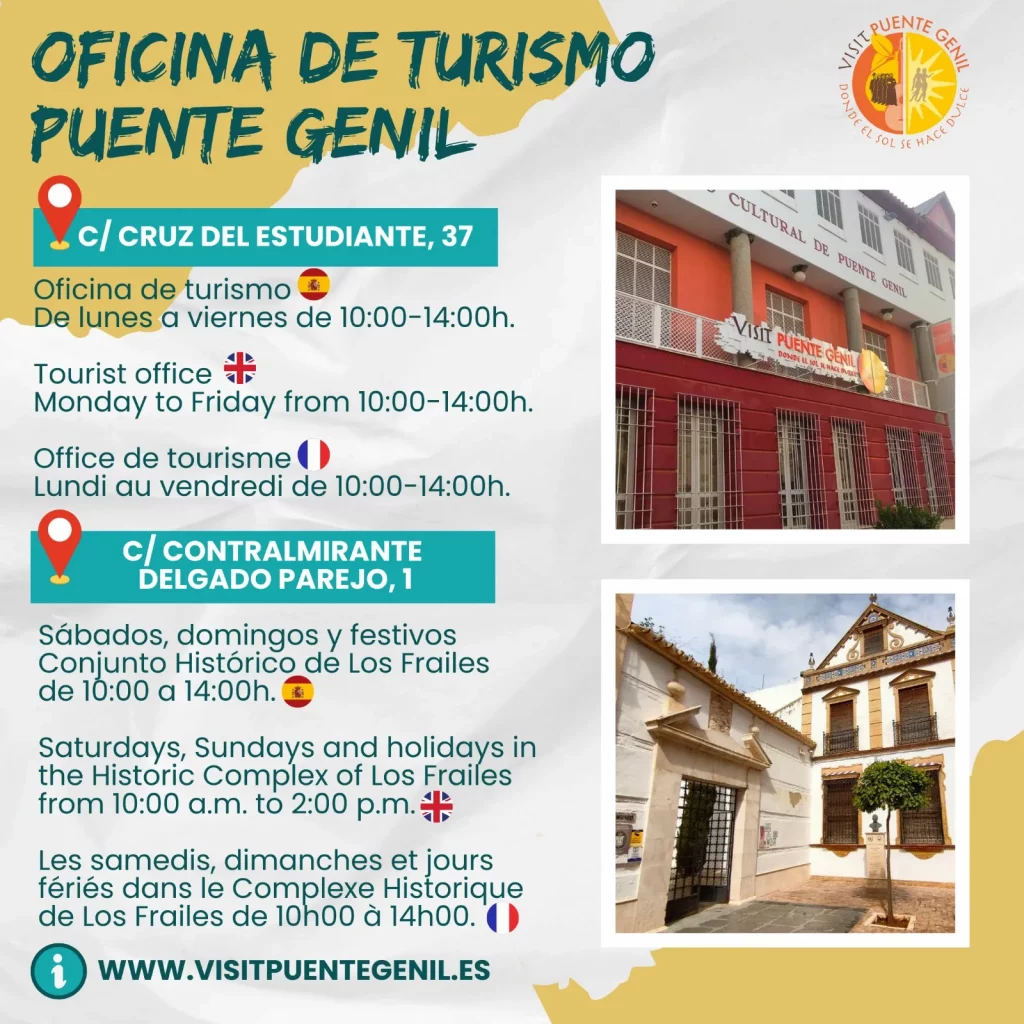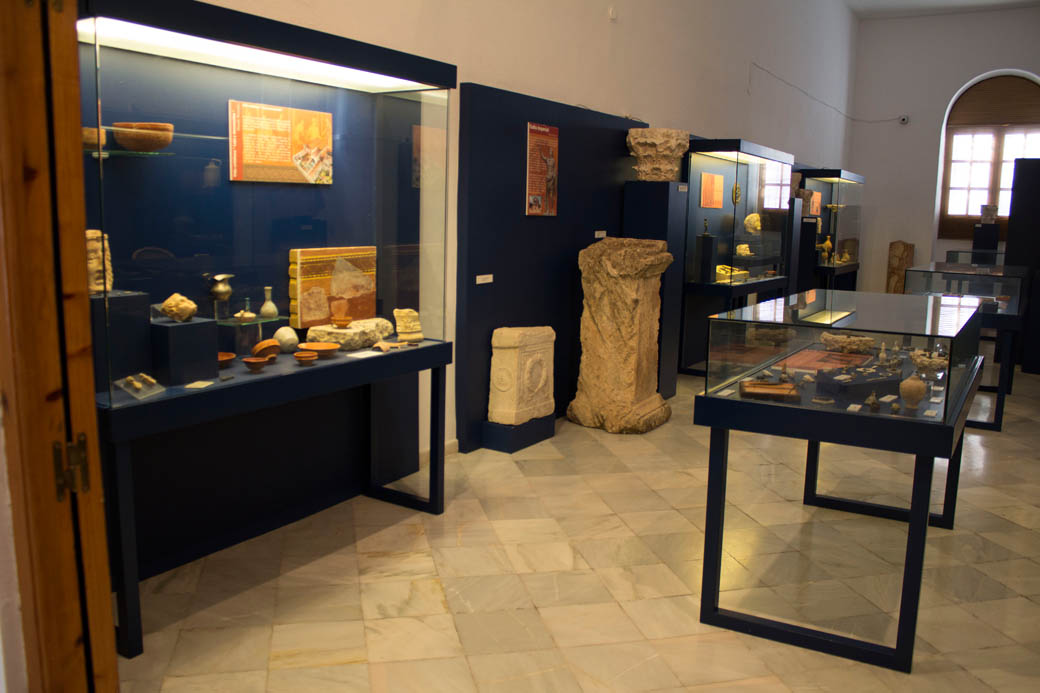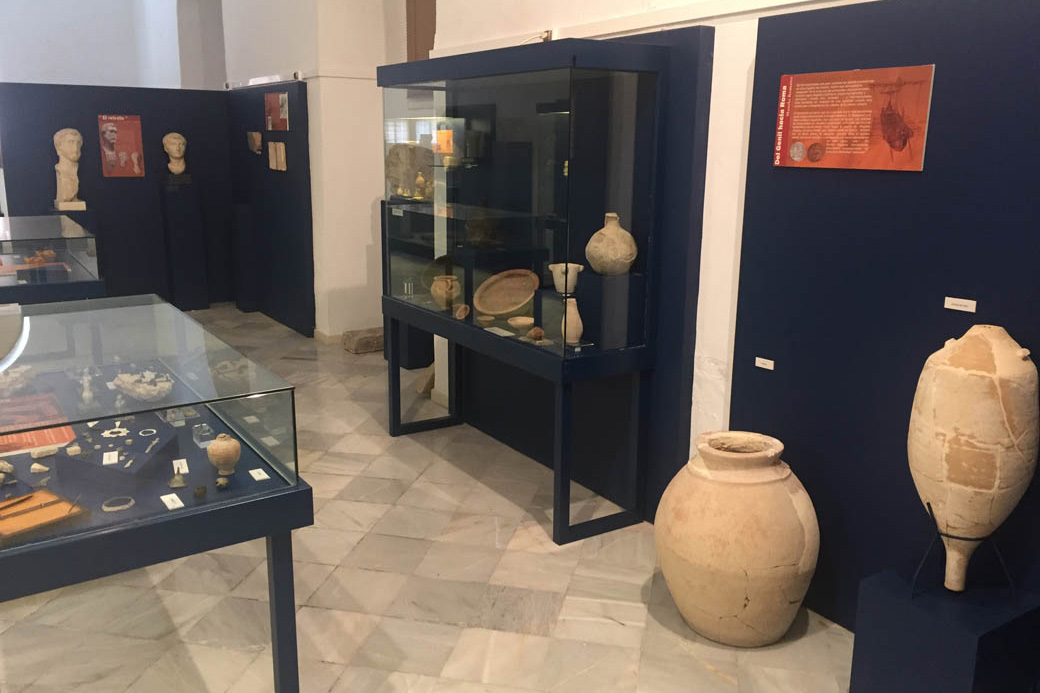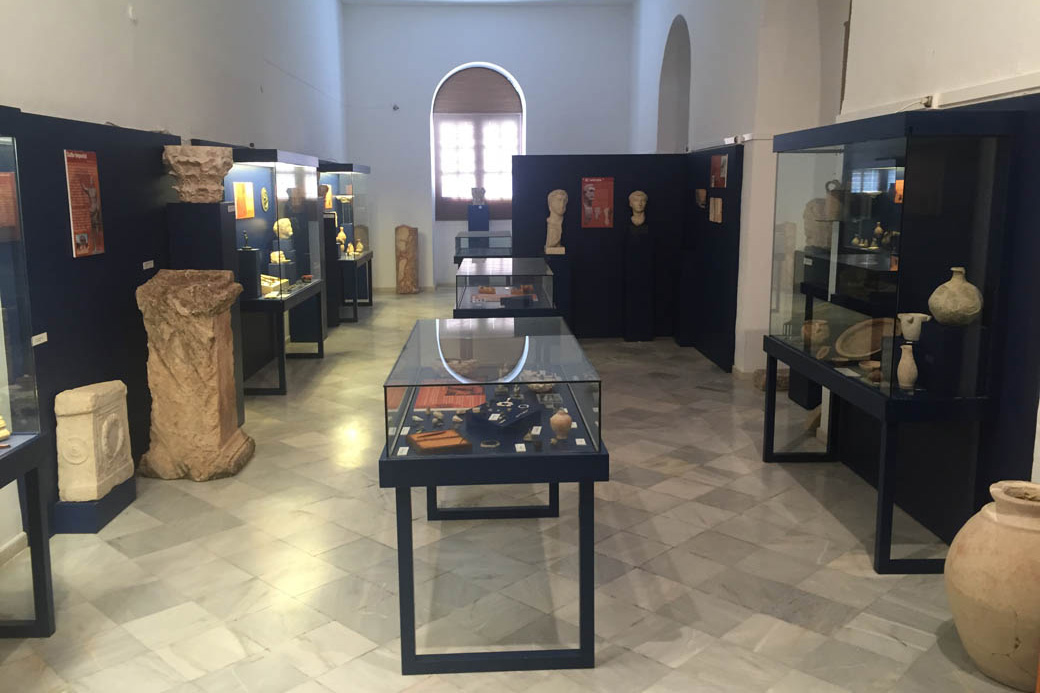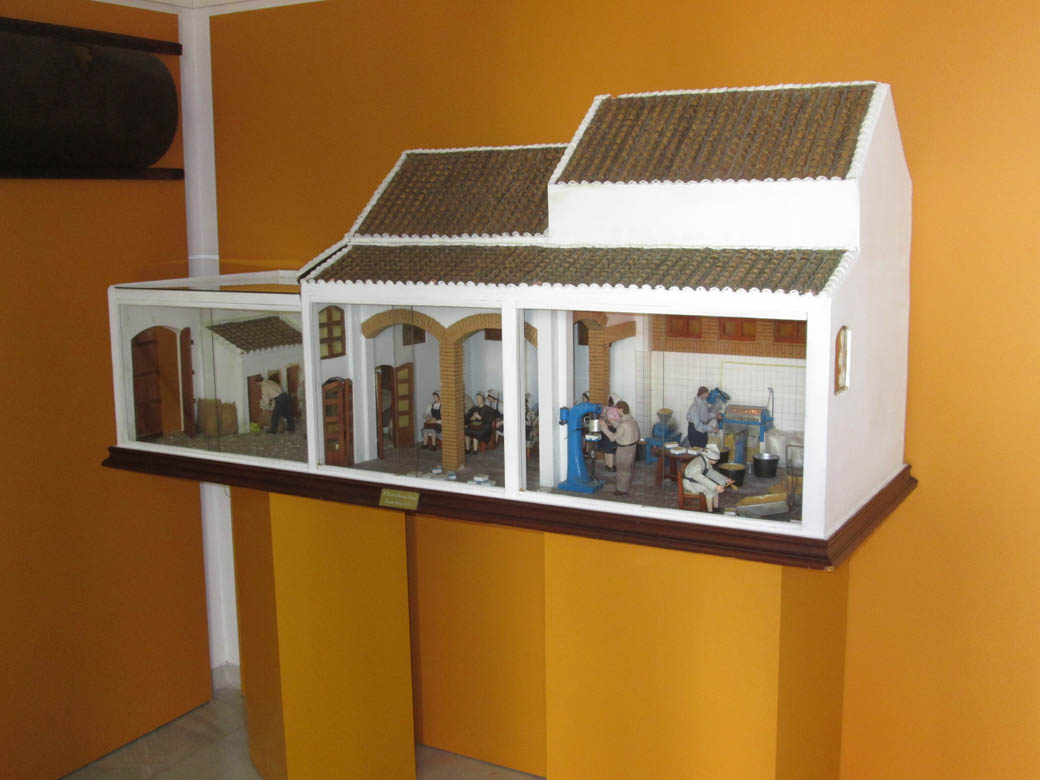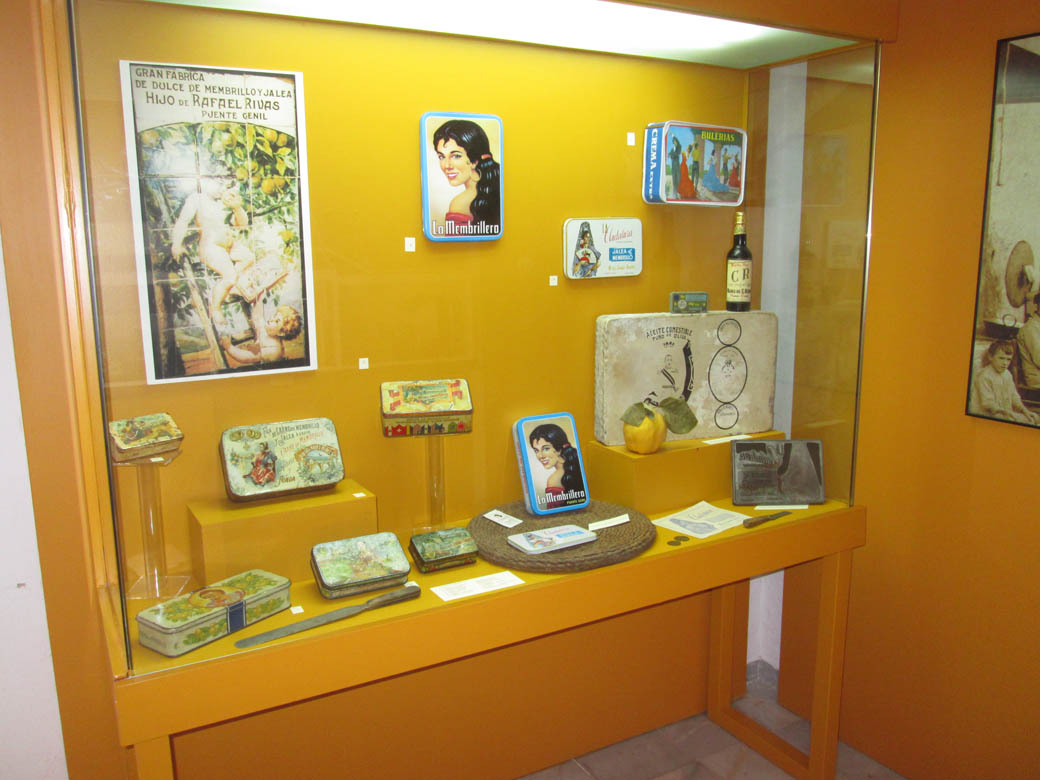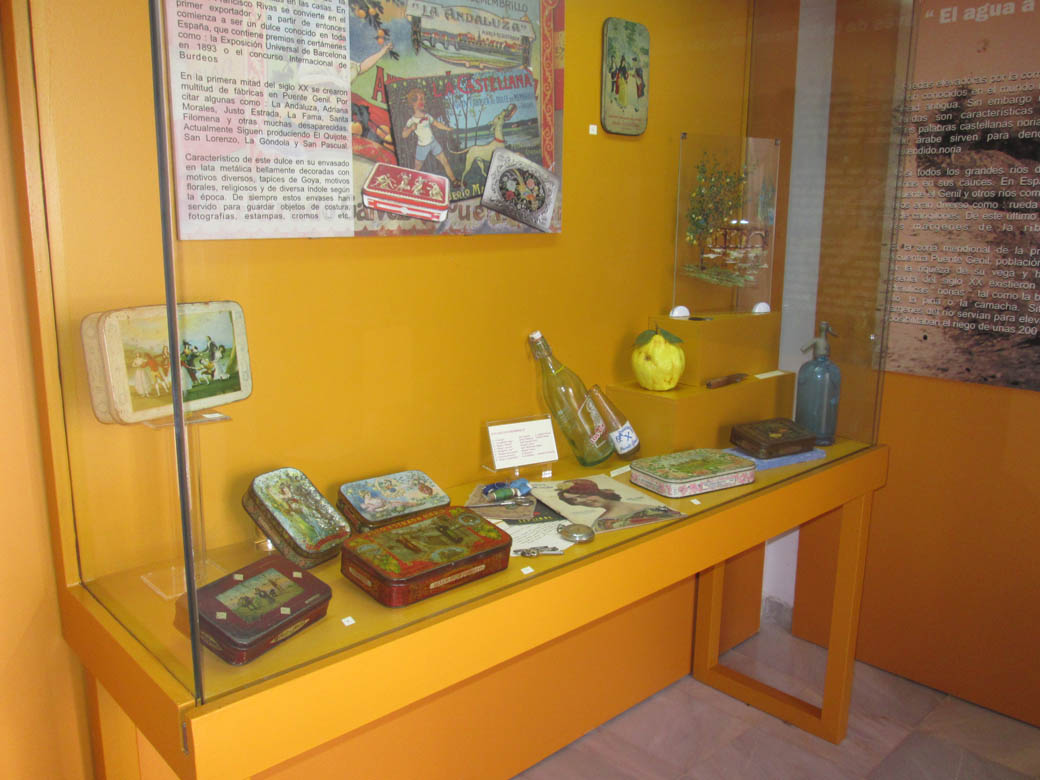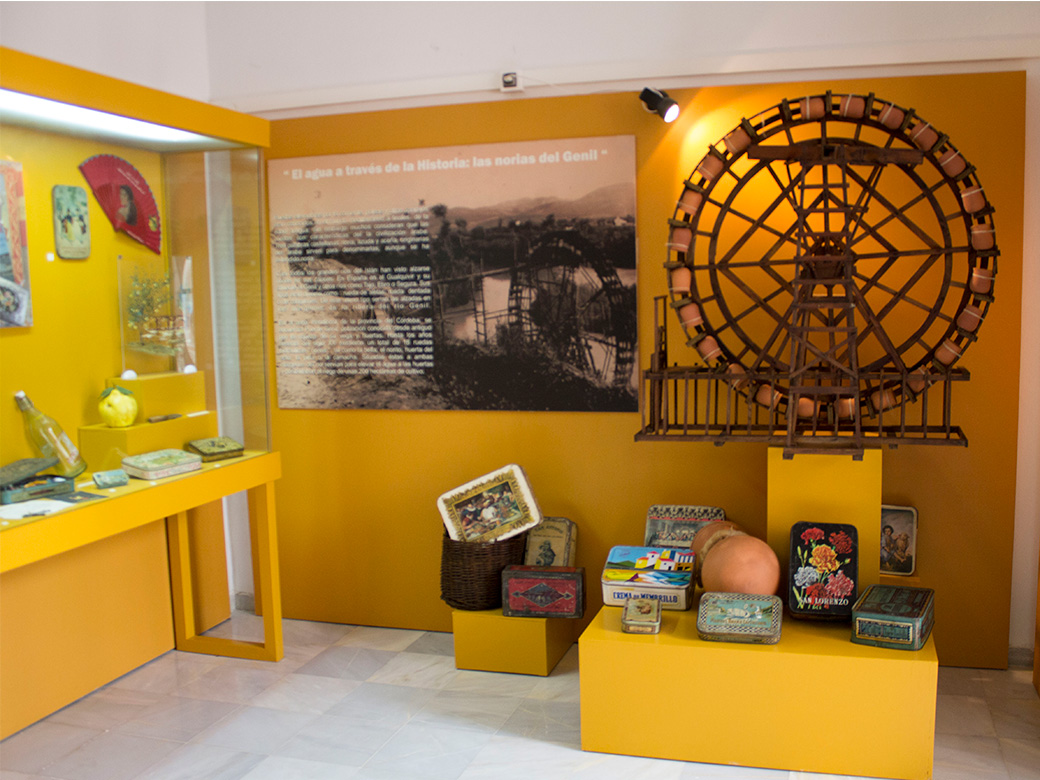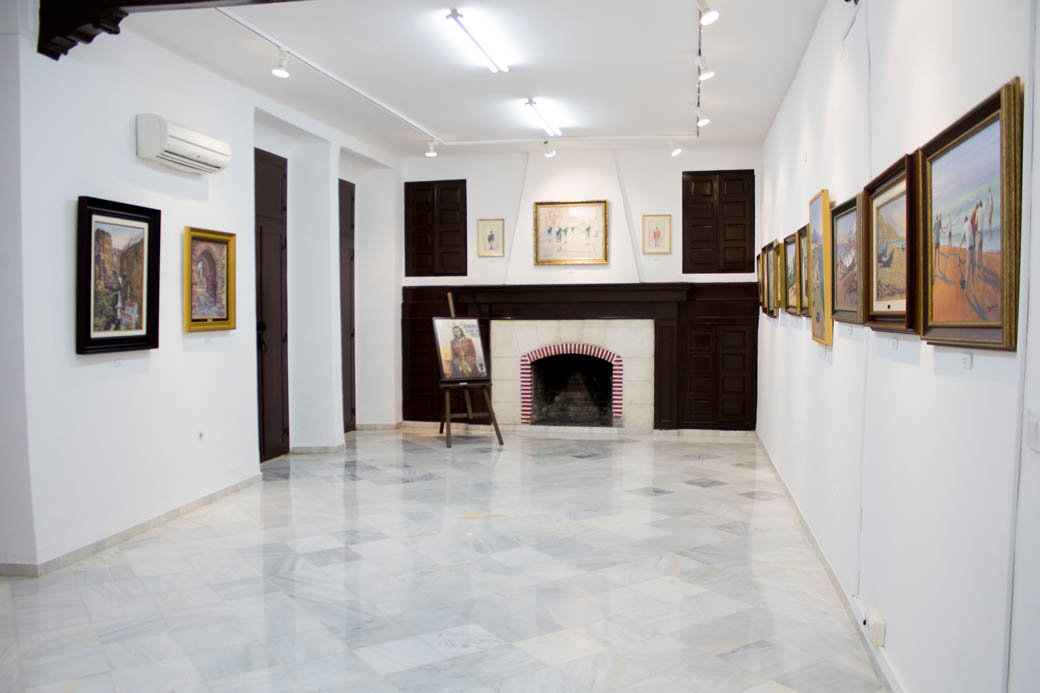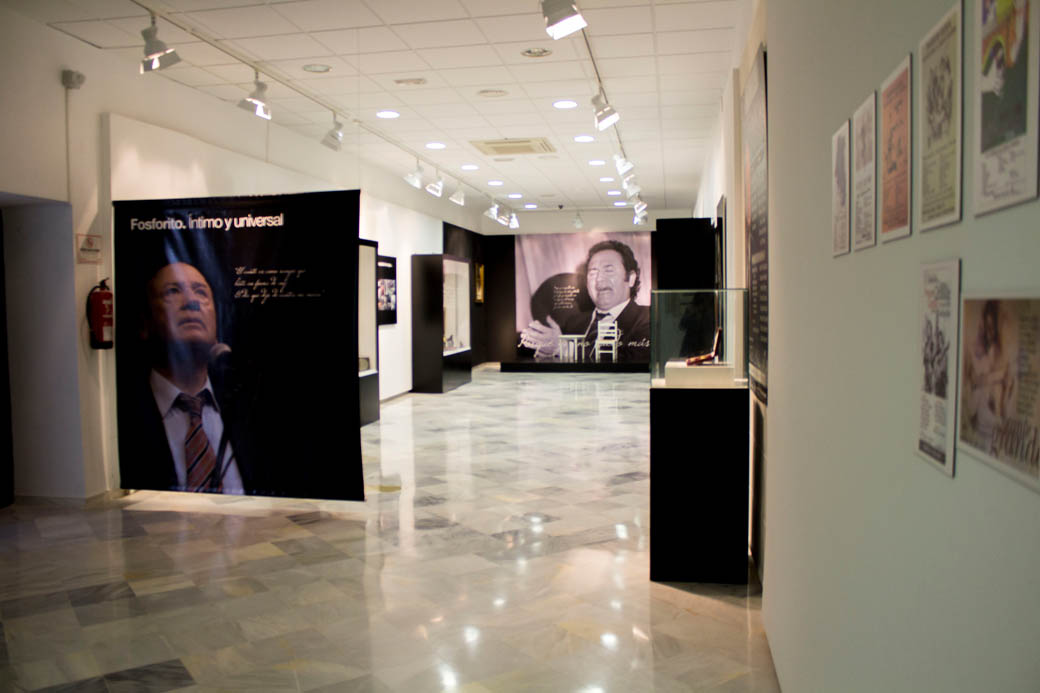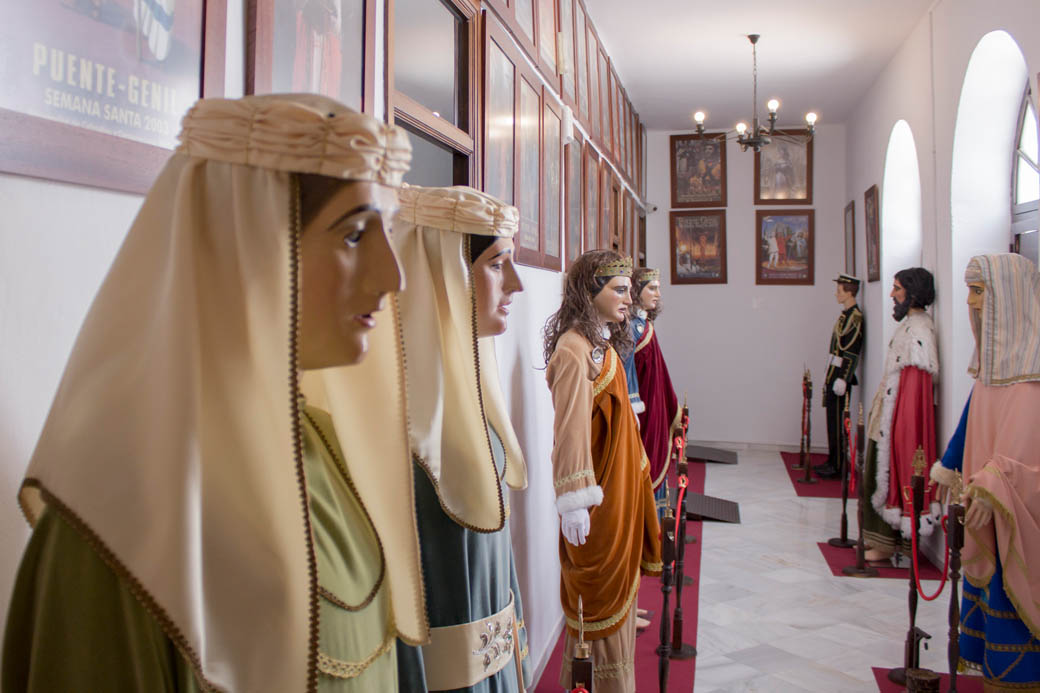Municipal Historical Museum - Archeology Section
Hall I – Prehistory
The oldest remains found in this area of the Middle Genil River Valley are from the Middle Palaeolithic period 100,000 – 30,000 BC and belong to the Neanderthal man, characterized by living in small nomadic groups. The museum has a collection of utensils of these first hunter-gatherers, made of stone (quartzite and flint), pieces such as: hand axe, cleavers, scrapers… that, little by little, will be reduced in size. The Neanderthal man, more evolved than the previous “homo erectus” and, although nomadic, presents the novelty of staying for several years in the same settlement. The instruments of this period, called Musteriense, improve the previous one in terms of variety and sophistication of the worked stone tools; and it appears in the gravel pits and old terraces of the Genil.
In the Chalcolithic and Bronze Age, both agriculture and livestock farming were intensified, leading to the appearance of settlements with stable structures. Although stone and bone work continued, gravers, axes and arrowheads were the typical tools of this period, which were mainly made of metal (copper-bronze). In the settlements of this period many hand-made ceramics have been found, the “campaniformes” of the Fuente del Lobo being relevant, as well as a series of polished ceramics and metal objects (arrowheads, axes, halberds…) typical of the Bronze Age.
Hall I – Protohistory
In the terminal phases of the Final Bronze Age, the first phase of the Iron Age, a significant change takes place: the spread of the Tartessos culture, which shows contact with Phoenician and Greek colonizers, as can be seen in the Corinthian ceramics of the 6th century BC. Later the Iberian world burst into the territory and has left us a series of zoomorphic sculptures linked to the funerary world and objects of everyday life such as: pottery on wheels, coins and a series of votive offerings (guerrero, cabalo, toro). The process of Romanization of the territory was early and rapid, although some populations as Astaza, put a strong resistance to Rome, being allies of Carthage.
Hall II – Ancient and Medieval Age
The materials of the Roman world occupy most of this room. Throughout this hall and in various showcases, a varied set of materials is exhibited such as: capitals, ceramics, bronzes, glass or Latin epigraphy, all presided over by a series of Roman sculptures from the high imperial period. In the building’s cloister, the Roman mosaics from the town of Fuente Álamo stand out from this period.
The room also displays archaeological materials from the Visigothic and medieval periods. From the first cultural area are a series of stamped bricks, ceramics and bronze objects, which are evidence of the Visigothic funeral ritual. The second area corresponds to the Muslim period with a large sample of glazed ceramics, various bronze objects mostly from the Anzur castle, among them a magnificent capital of “honeycomb” from the Caliphate period and a large numismatic collection of dinars and dirhams.
Municipal Historical Museum - Ethnography Section
Hall III – Quince paste
The most recent past has left us a series of materials, which evoke moments of the industrial and entrepreneurial Puente Genil of the late nineteenth century and first half of the twentieth. The funds in this section are related to the agri-food industry “manufacture of quince meat”. You can see a series of materials and metal containers used in the traditional manufacture of quince, as well as a series of models (factory, waterwheel, cart), which try to be a recreation of the daily work of that time.
Opening hours:
Only arranged visits, please contact puentegenil@ciudadesmedias.org
957605034 extension 380
